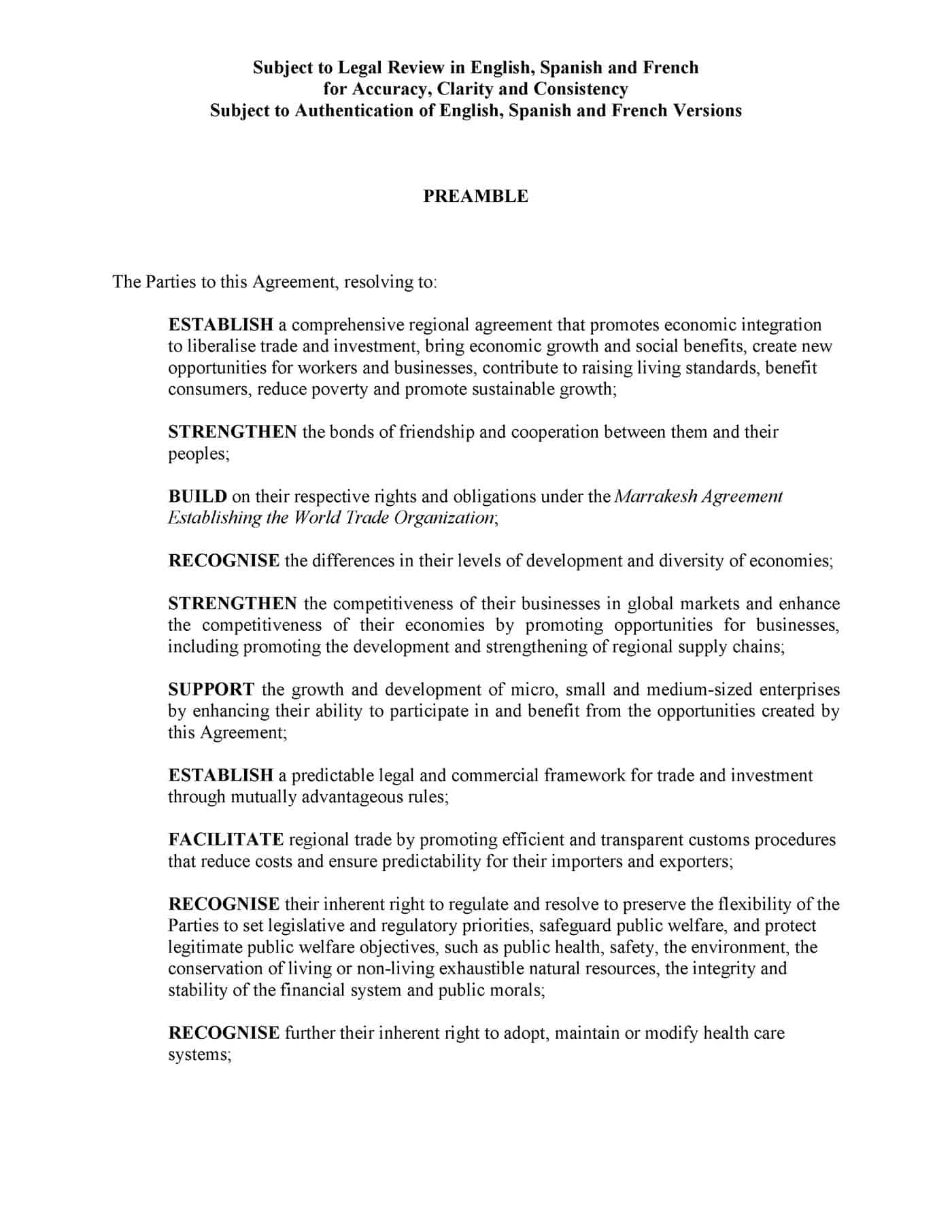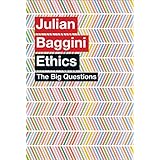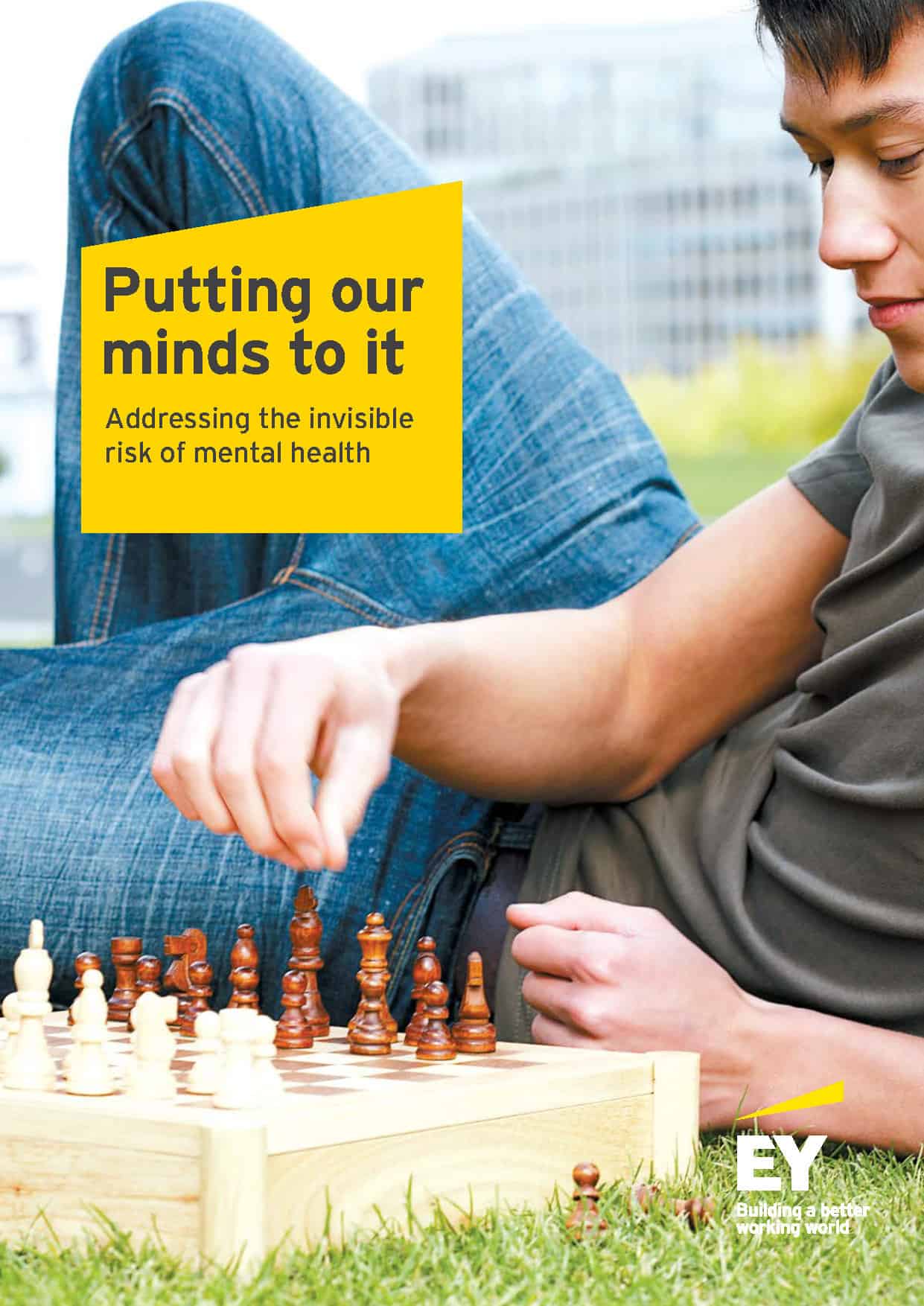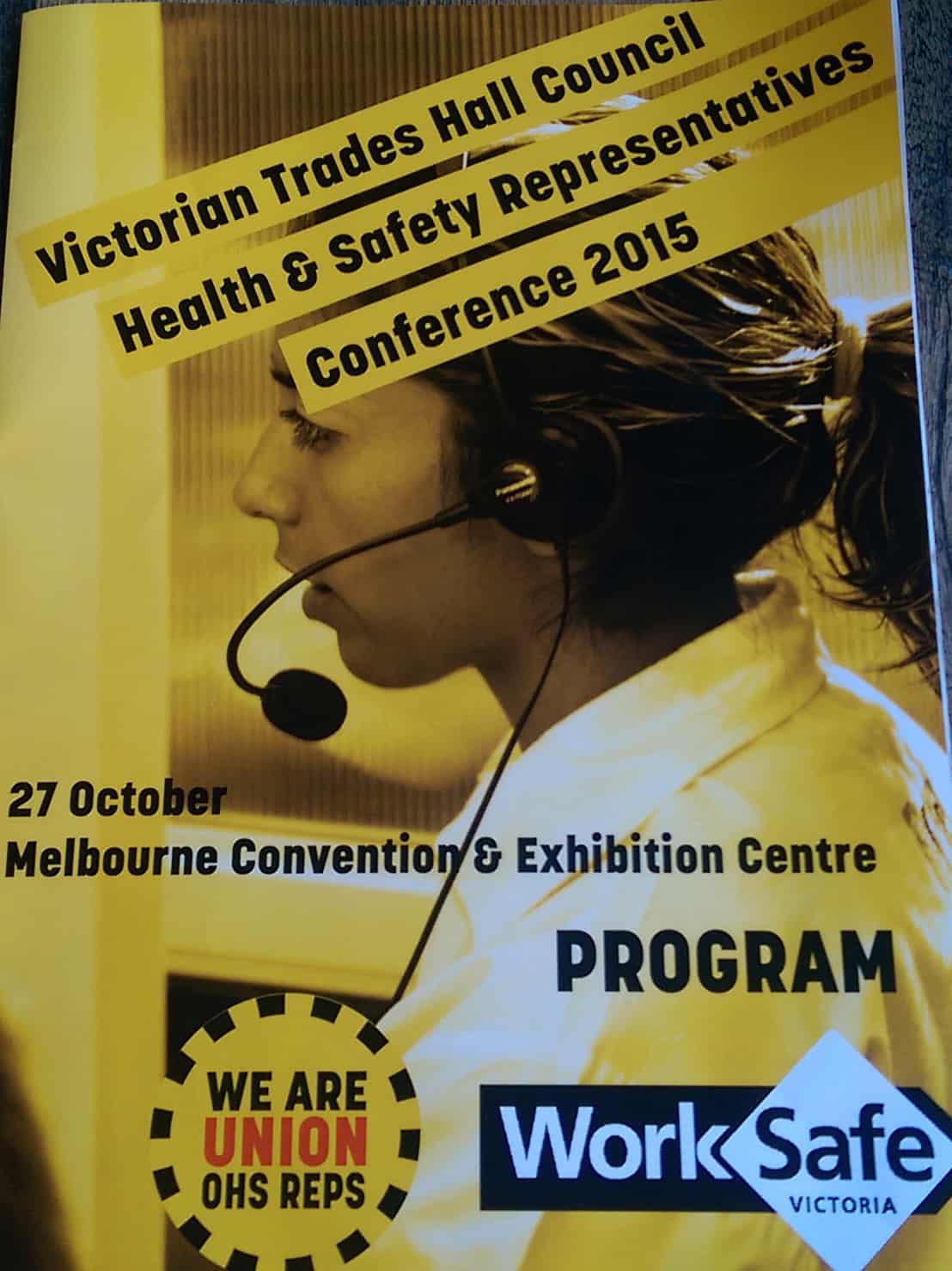On November 9 2015, WorkSafe Victoria charged the Essendon Football Club with breaches of the occupational health and safety (OHS) law over its controversial supplements program. This blog has watched how the Australian Football League (AFL), in particular, has acknowledged its OHS obligations and duties. This interest has been shared by Dr Eric Windholz who wrote about the charges today.
Windholz acknowledges that WorkSafe Victoria has established a formal presence in professional sports with its decision to prosecute.



 Recently,
Recently,  The
The